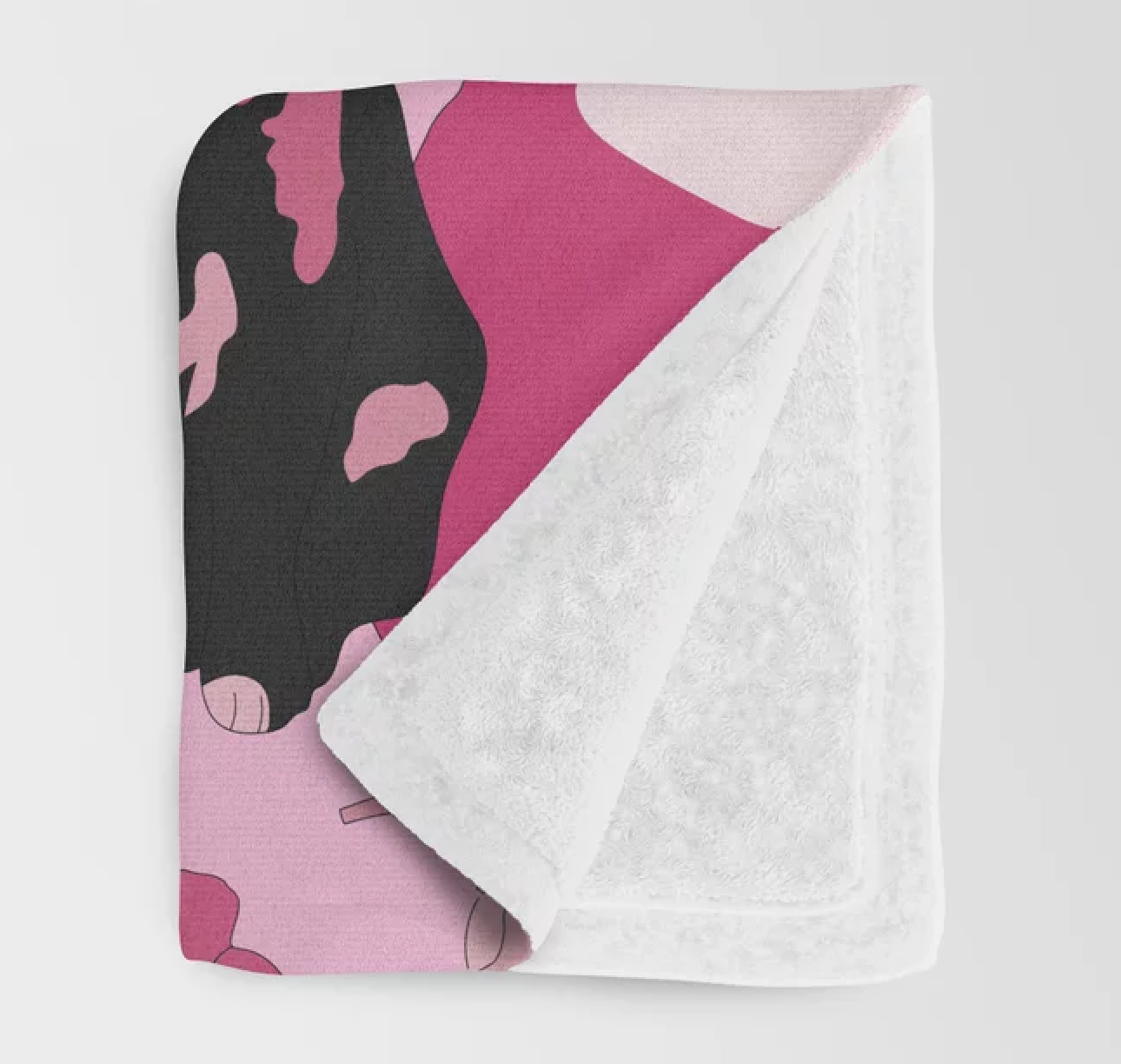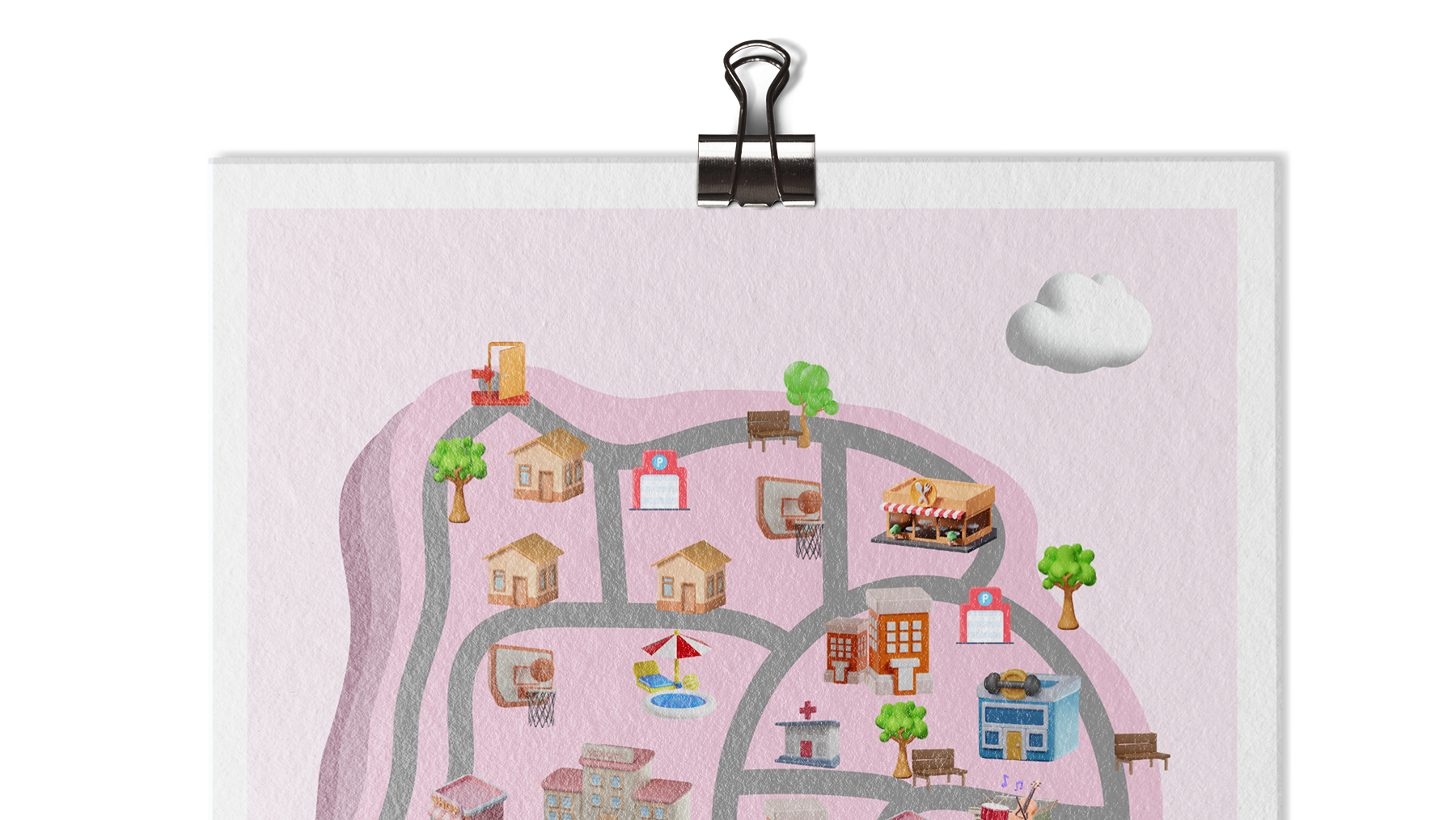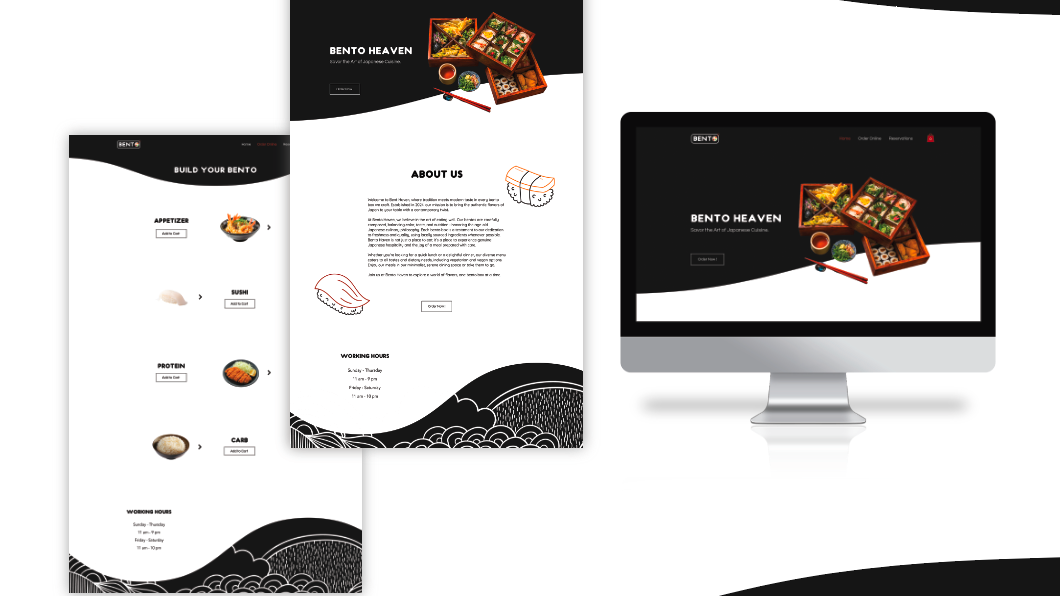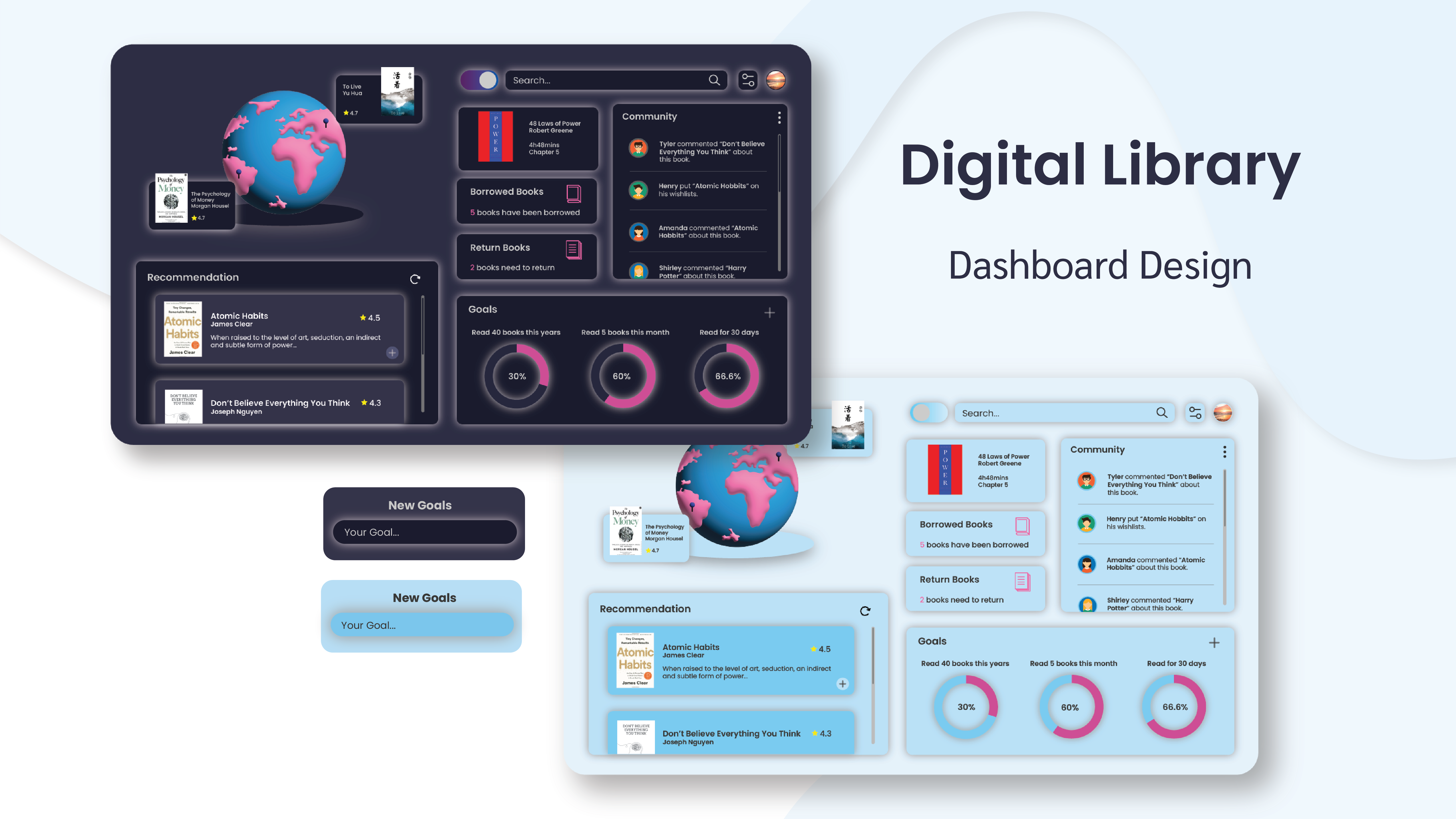A seamless pattern is a design that repeats so that it can be tiled without any lines or breaks being noticeable. This makes the print look smooth and continuous. These designs are often used in fabrics, wallpaper, backgrounds, and digital design elements, among other things. For this project, you must study different design styles, themes, and trends to get ideas for making new pattern patterns. The project's final goal is to develop a set of high-quality, seamless patterns that can be used effectively across different mediums to improve the look of both goods and places.


My concept revolves around the playful interactions of five cats with their favorite toy. I chose this idea to create a visually engaging and lively pattern that showcases each feline's dynamic movements and unique personality. Incorporating the cats and their toy into the design adds a sense of whimsy and fun that will resonate with cat lovers and design enthusiasts alike. The uniqueness of this concept lies in the careful blending of the cats' distinct characteristics and their interactions with the toy, resulting in a seamless pattern that not only tells a captivating visual story but also demonstrates the charming quirks of our beloved feline companions.
I began the seamless pattern project by brainstorming and sketching ideas, ultimately selecting cats as my topic. Once I had a clear vision of the feline-inspired pattern, I used Adobe Illustrator to bring the concept to life. To create the seamless effect, I utilized Illustrator's Pattern tool, which allowed me to preview and adjust the pattern in real time easily. I carefully examined the tiling and made necessary adjustments to the elements, ensuring no visible seams or breaks were present. Throughout the process, I employed layering, grouping, and scaling techniques to optimize the design and make it visually engaging. Once satisfied with the result, I saved the pattern as a swatch, making it readily available for application to various surfaces and mediums.
Initially, my pattern had few intertwined elements, resulting in a somewhat disconnected design. To address this issue, I revisited the work-in-progress (WIP) and added more intertwining features to create a sense of cohesion and unity between the cats and their toy. I also adjusted the placement and proximity of the components, making them closer to each other. These modifications allowed the pattern to flow more seamlessly, enhancing the overall visual appeal.
In addition to the changes in the design's composition, I explored two different color schemes to give the pattern distinct moods and versatility. The first color scheme featured a monochrome palette, giving the design a sophisticated and harmonious look. The second scheme utilized contrasting colors, creating a more vibrant and dynamic appearance. By offering these two variations, the pattern caters to a broader range of preferences and can be applied to various contexts, depending on the desired aesthetic.


During the seamless pattern project, I learned how to change colors for the pattern in Illustrator quickly. This valuable skill allowed me to experiment with various color schemes and effortlessly adapt the design to suit different contexts. Additionally, I mastered creating seamless patterns in Illustrator, further enhancing my design capabilities and understanding of the software.








